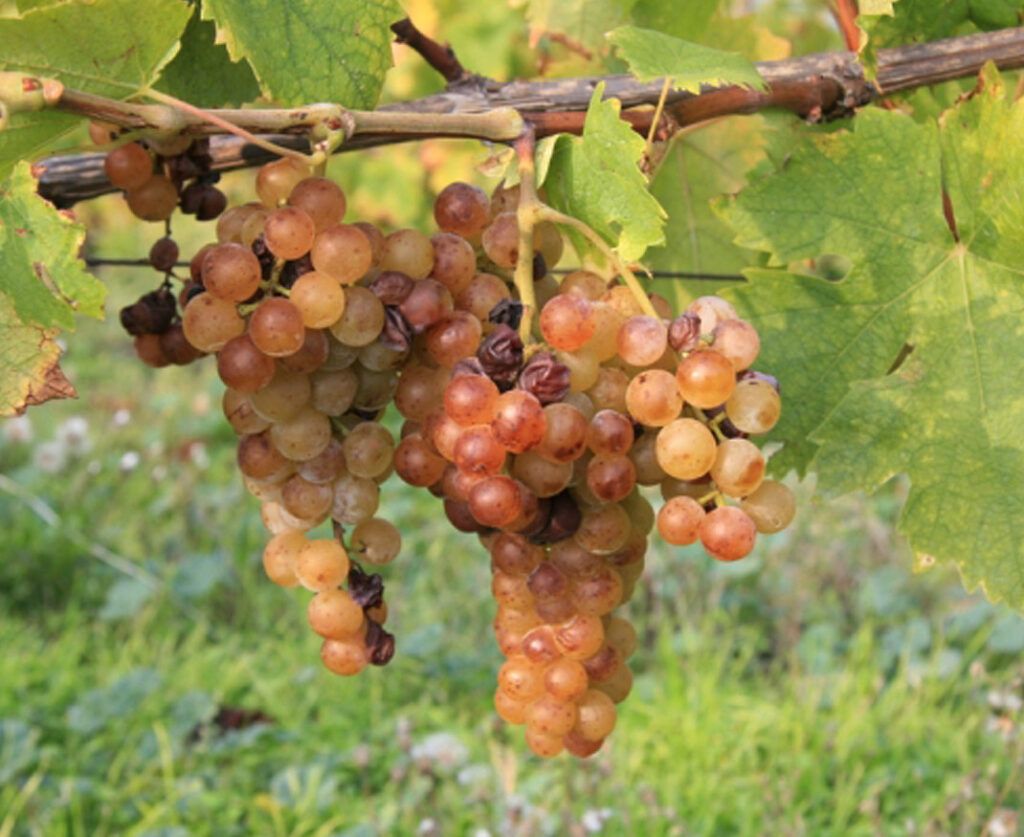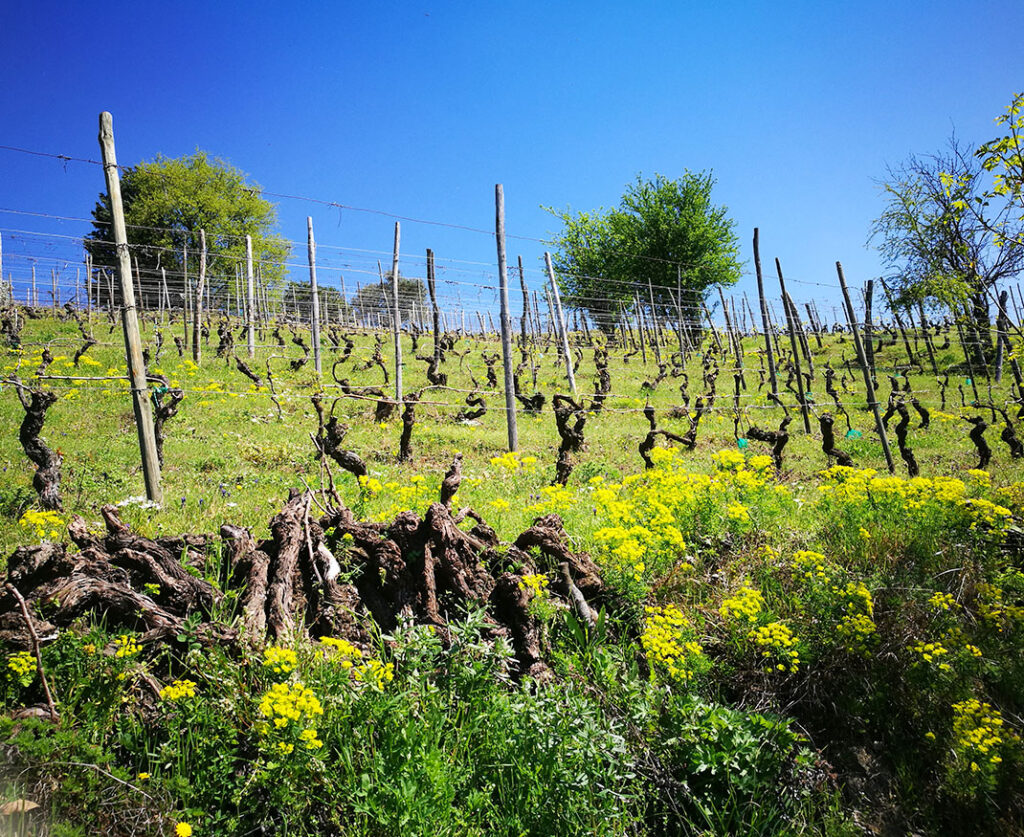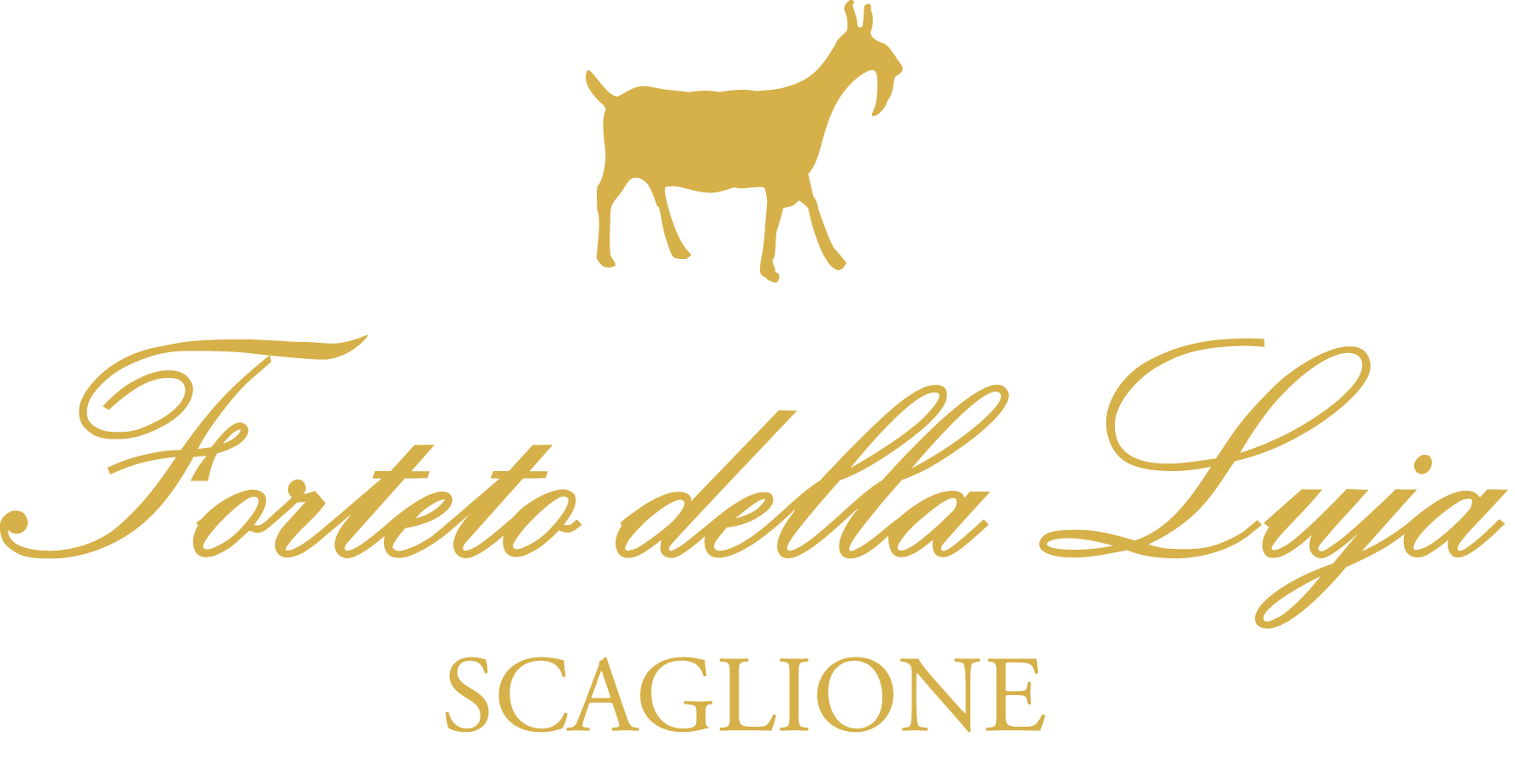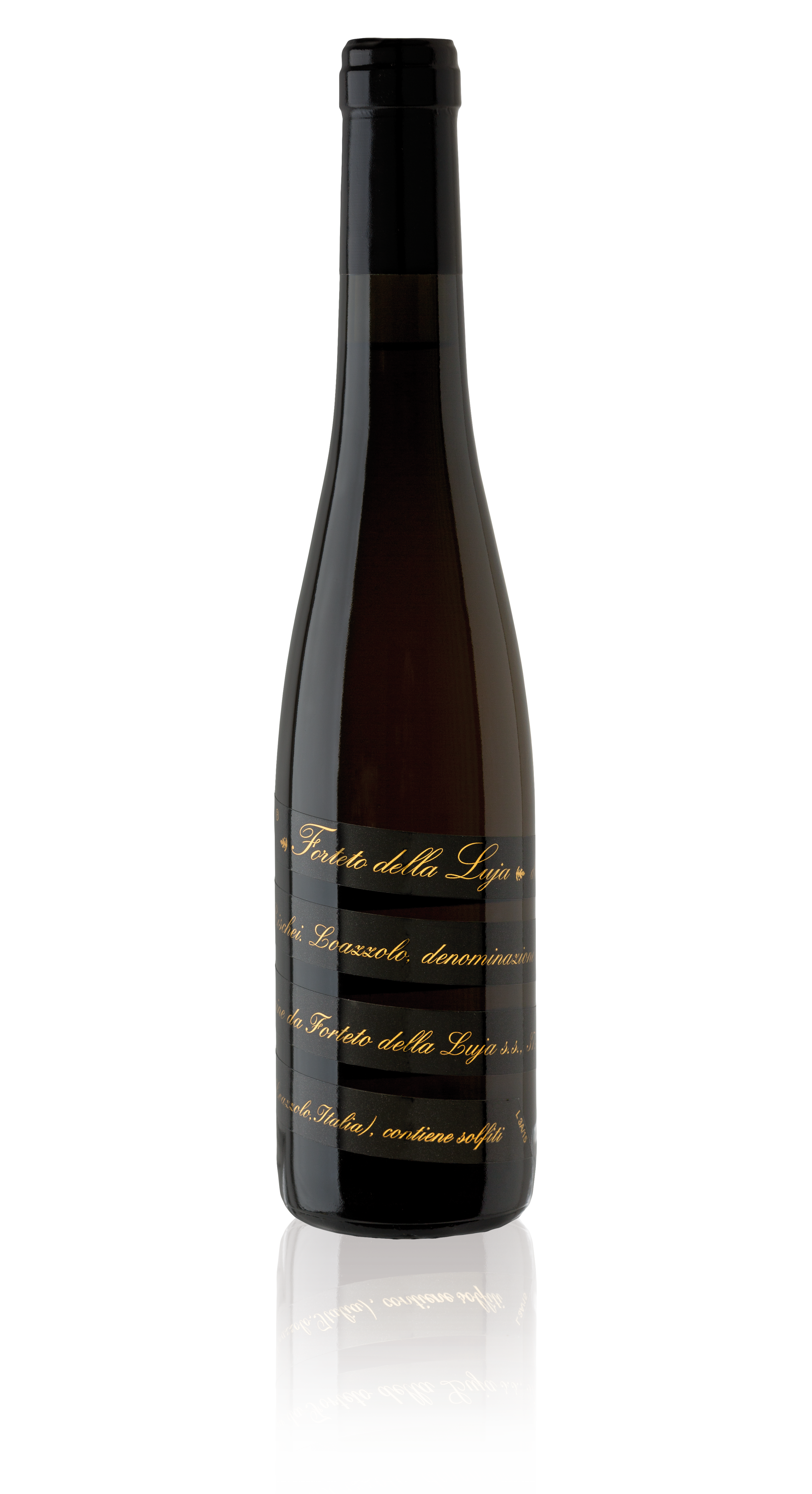Piasa Rischei
Loazzolo doc
Grape: Raisined Moscato bianco.
Vineyard: Tendentially loose marllimestone (Miocene-Langhiano). Terraces with slopes of more than 50% bordered with stone walls and surrounded by plum trees, almond trees and rosemary bushes. Exposure southeast. Altitude more than 450 metres above sea level. Vines trained using the short Guyot method with a density of more than 8,000 shoots per hectare. Average yield <18hl/hectare.
Production techniques: The harvest begins at the end of September and lasts until late November, with the successive selection of the bunches and the botrytised grapes. Part of the grapes are dried on straw mats indoors. Following a slow pressing of the raisined grapes, the fermentation is started using varietal yeasts from the previous year and continues for twentyfour months in small oak barrels. The wine is bottled in the spring of the third year after the harvest.
Organoleptic characteristics: Deep yellow colour, with hints of gold. Fruit forward, rich, ripe, apricot notes.
The Moscato base is evident and is enhanced by spicy and roasted notes. Rich and creamy on the palate, it is not merely sweet but also alcoholic, with a finish of almond, spice and citrus. Sweet and sumptuous, but at the same time with a fresh and fragrant tart vein. A pleasing wine that lingers with an echo of vanilla and white chocolate. lt is naturally long lasting and can be put down for a number of years.
To be enjoyed: As a meditation wine, with blue cheeses, goat cheeses, matured cheeses, Foie Gras and dry pastries. Serve at 8-12 °C in long stem crystal glasses.
Oenological characteristics:
Alcohol content: 11,5 – 12% by vol.
Residual sugar: ~ 140 g/l
Overall alcohol content: ~ 21 % by vol.
Total acidity: ~ 60/00
pH: ~ 3,5%
Sulphites: < 0,12 g/l
Presentation: 37.5 cl bottles in wooden cases of six or twelve bottles. Individual lithographed cases.


The smallest DOC in Italy
The Loazzolo doc was born in 1985 following the sum of the experiences gained by Giancarlo both in the family and professional fields. The healthiest Moscato grapes, produced from vineyards exposed to the south, obtained from rows supported by dry stone walls in Langa stone, are left to dry on racks and once they reach ideal ripeness they are crushed through a soft and delicate method, in order to maintain authentic fragrance, aromas and scents. The result is a work of art, so much so that on the world tables of haute cuisine, the Loazzolo doc of Forteto della Luja is proposed as a meditation wine, especially ideal in combination with rare cheeses such as Castelmagno and Robiola di Roccaverano. An important wine that today sees 150 hectares of Moscato vineyards dedicated to the production of the precious nectar.

